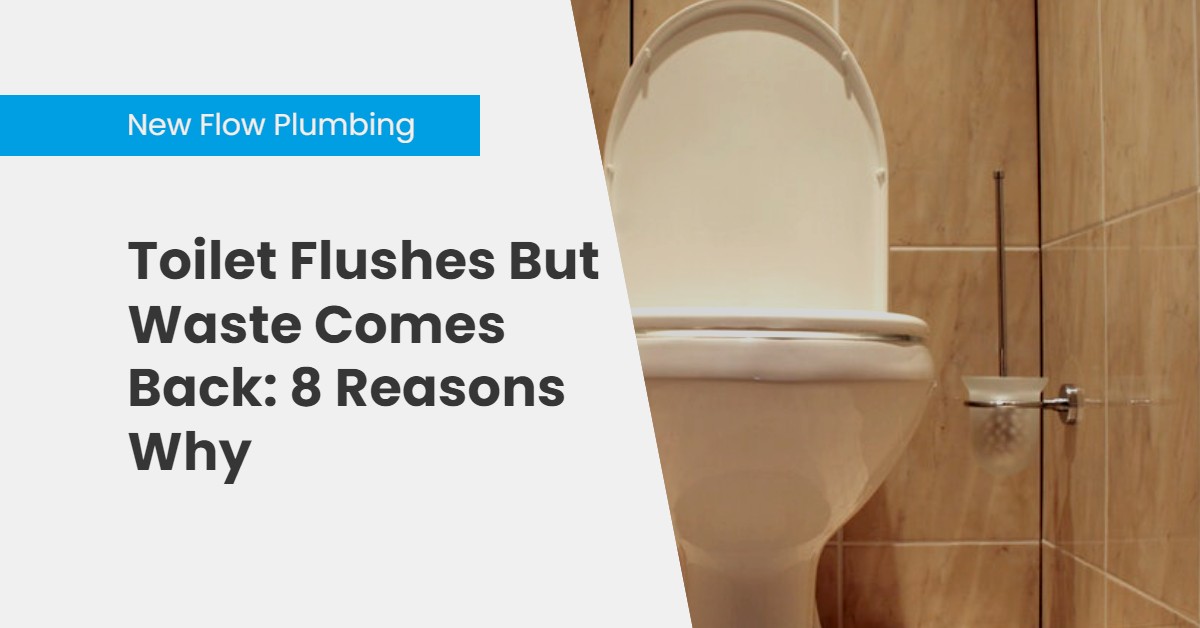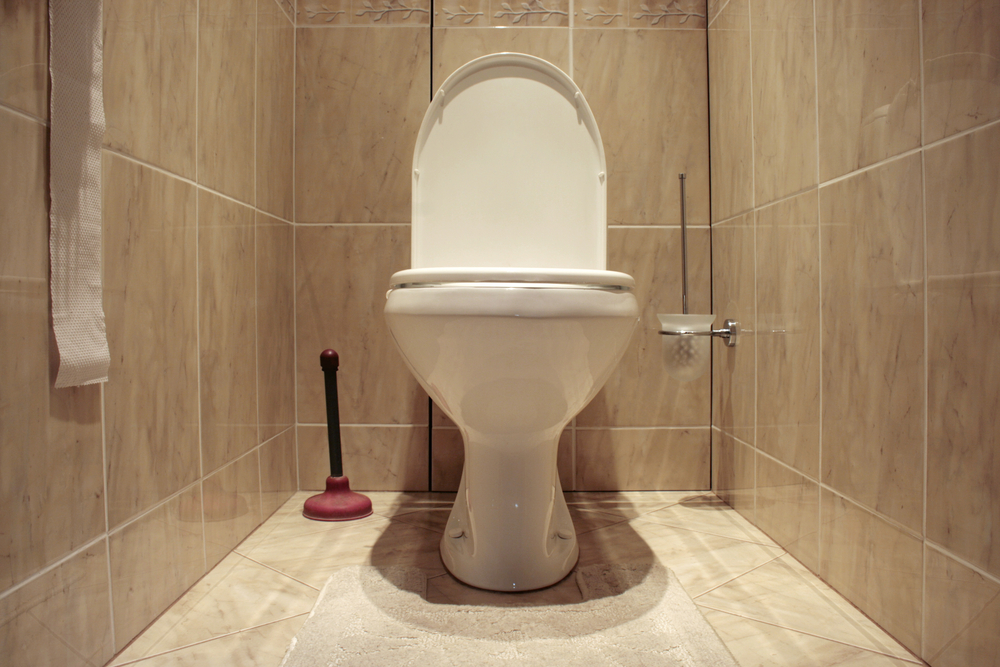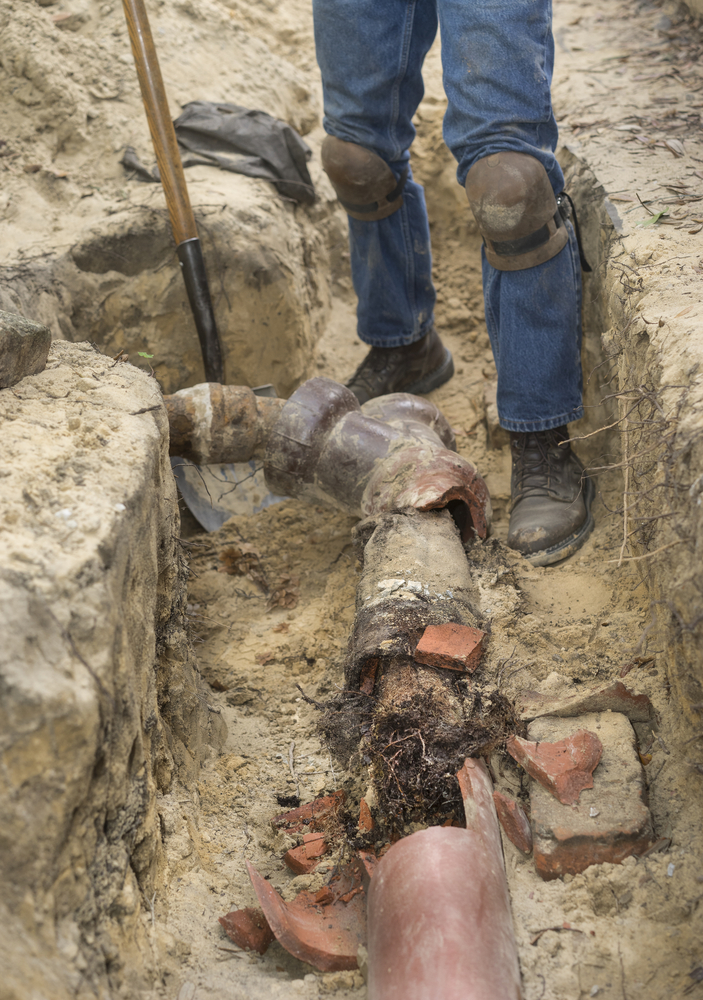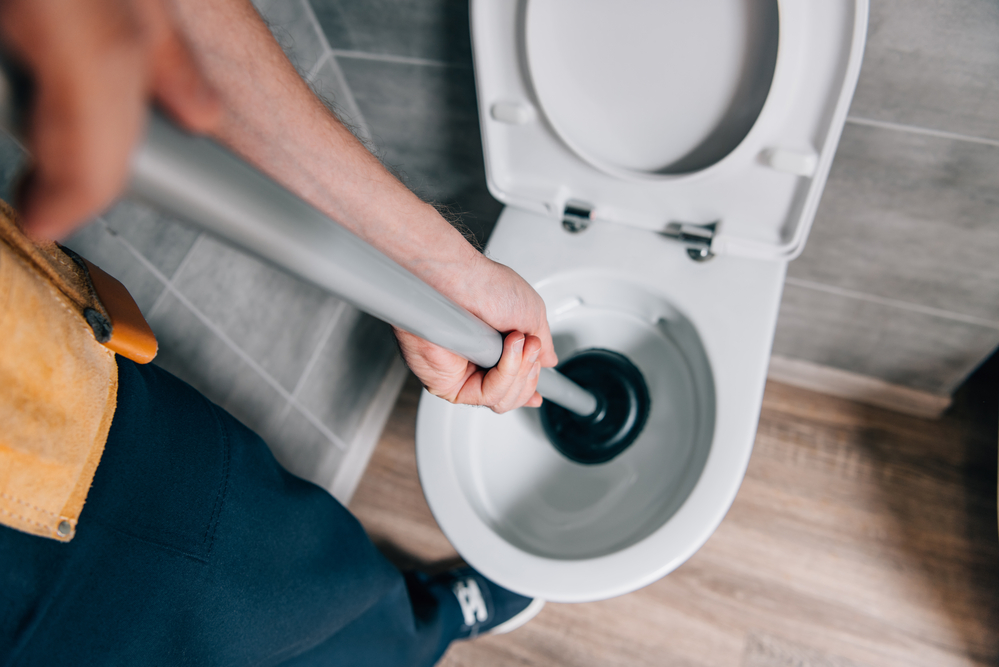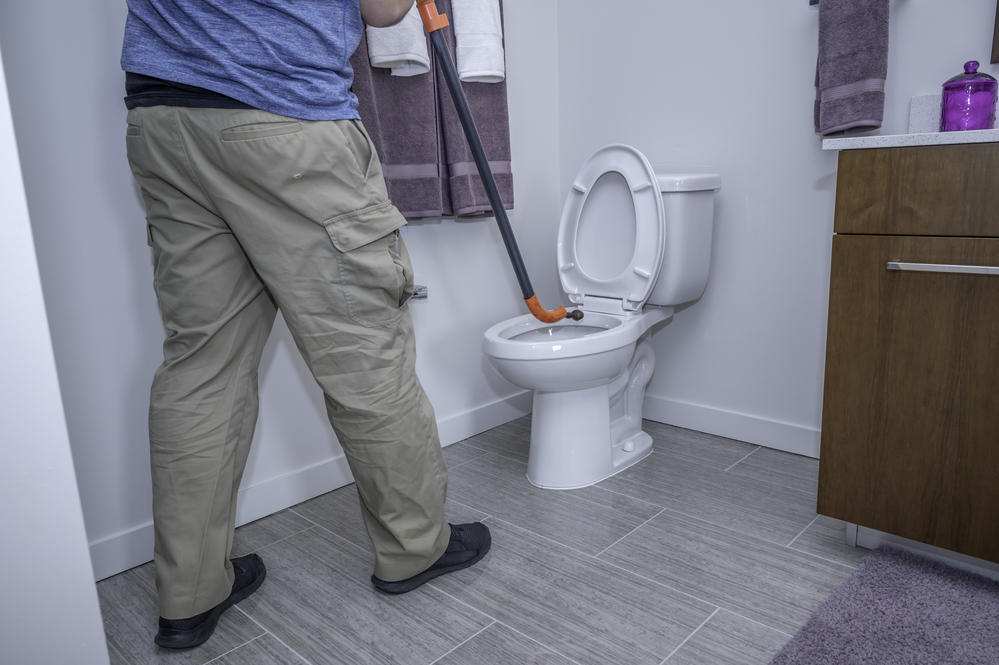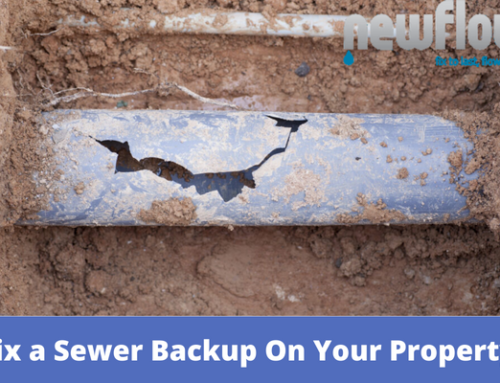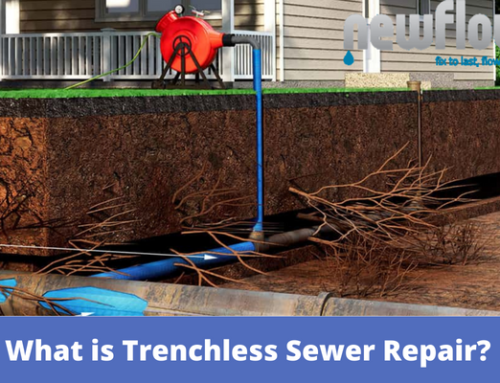Toilet Flushes But Waste Comes Back: 8 Reasons Why
Your toilet flushes, but waste comes back. What’s that all about? The answer is more simple than you think. Sometimes, the problem is with your toilet itself, but usually, the issue is your sewer pipes. By the end of this article, you’ll know why your sewer pipes are broken, how to clear a clog, and how to fix a broken sewer pipe.
8 Reasons Why Your Toilet Flushes But Waste Comes Back
If you try to flush waste down a broken or clogged sewer pipe, the waste will have nowhere to go and try to escape using the closest exit. Sometimes, the waste will come back up through your shower or tub. But in this case, the problem is with your toilet.
4 Ways To Clear A Clogged Toilet
If the problem is just a simple clog, you can easily handle the issue yourself.
At-home remedies – If you combine products you likely have around the house, you can create your own natural drain cleaner. Check to see if you have the following items:
Read more about home remedies for a clogged drain.
A plunger – Chances are you have a plunger lying around somewhere. If not, you can buy one from your local utility, home goods store, or online. The one thing with plungers is that they can only clear clogs close to the surface. If the clog is deeper down the sewer pipe, a plunger won’t be very effective.
A sewer snake – You don’t have to be a plumber to use a sewer snake. You can buy one online or at your local hardware store. There are different types of sewer snakes for different types of pipes and clogs. If you have pipes less than 2 inches in diameter, you should use a flat tape snake. If the clog is tougher than usual, you can use a power snake, which is hooked up to a motor. If you don’t feel comfortable doing it yourself, you can still call a plumber.
Hydro-jetting – Hydro-jetting is a sewer pipe cleaning solution only available through plumbers. Hydro-jetting starts by accessing your sewer pipes using a cleanout or by removing a toilet. Then, a self-propelled nozzle shoots up to 4,000 PSI (pounds per square inch) of water through your pipes, clearing away debris, clogs, and even tree roots.
If none of these solutions work, chances are the issue is bigger than a clog. You might be looking at a broken sewer pipe. If you schedule a CCTV sewer camera inspection, you can narrow down what’s causing waste to come back.
2 Ways To Fix A Broken Sewer Pipe
If you have a broken sewer pipe, most plumbers will recommend two different repair methods.
Traditional trenching – If your sewer pipe is extremely damaged, plumbers will suggest digging up all of the old pipes and replacing them manually. The procedure is very invasive, but it’s the only solution for collapsed, disintegrated, or back-pitched pipes.*
*A sewer line must be sloped down toward the city connection, allowing gravity to move sewage. If builders installed the pipe using the wrong slope, the waste can flow toward your home in the wrong direction.
Trenchless sewer repair – Trenchless sewer repair is just as the name suggests. It doesn’t involve trenching. Sewer repair professionals can replace entire sections of pipe without having to dig through your home or yard. Read more about how to replace the sewer line under your home.
Who Do You Call Now?
If you live in the Greater Los Angeles area and don’t know who to call, get in touch with New Flow Plumbing. We’ll get you started with a CCTV sewer camera inspection to determine where your problems come from. Then, we give you a free repair estimate, followed by the best repair options. Whatever the issue, New Flow Plumbing will have your plumbing running perfectly again.

